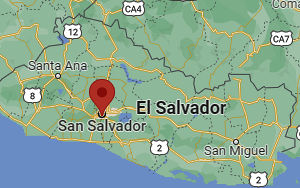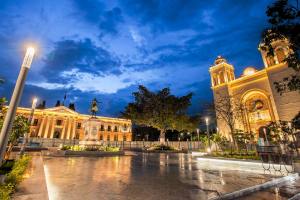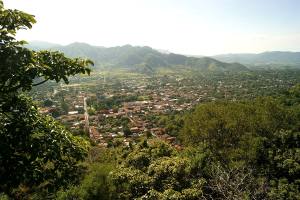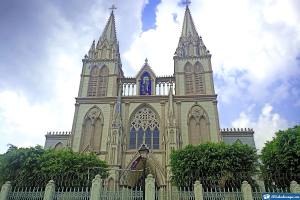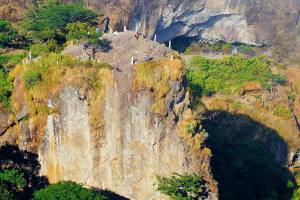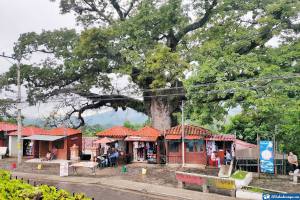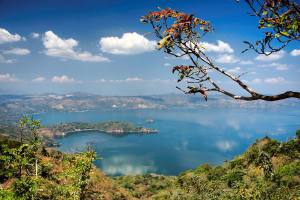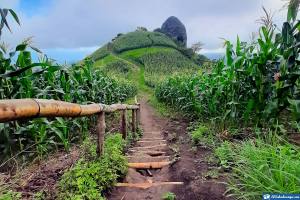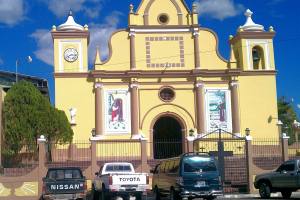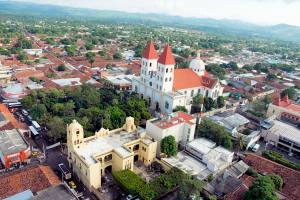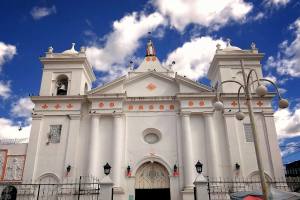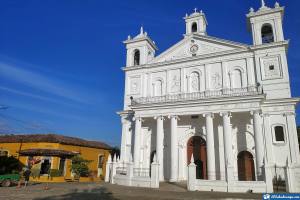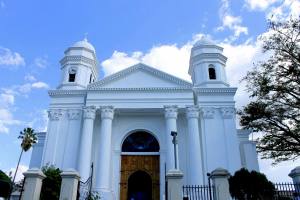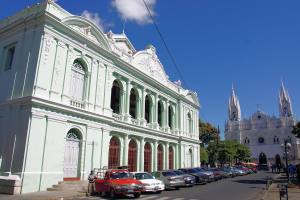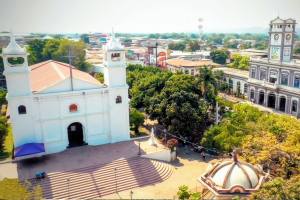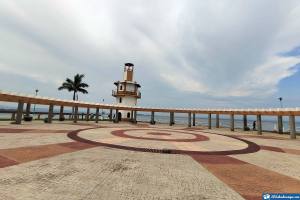When visiting Central America, visit the department of San Salvador, in the Republic of El Salvador, where any of the destinations you choose will offer you essential and unforgettable experiences.
Enjoying its countless tourist attractions, among its architecture, its green spaces, the abundance of rivers and volcanoes, as well as its gastronomy and exciting history, will make your trip an unparalleled learning experience.
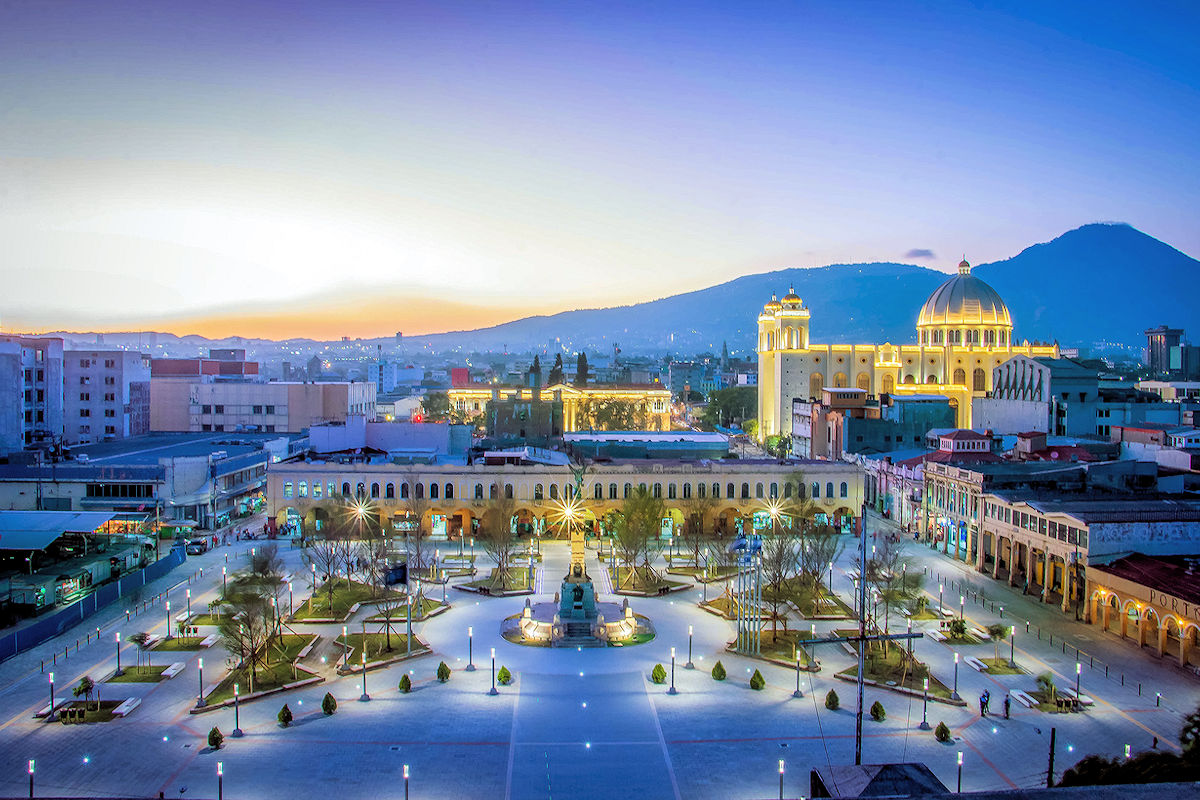
SAN SALVADOR - Departments of El Salvador. Photo by Idea SV. Wikimedia Commons.
San Salvador Data
| Country: | El Salvador |
|---|---|
| Category: | Departments |
| Elevation: | 658 meters |
| Surface: | 72,25km² |
| Population: | 238.244 |
| Advice: | Ideal for both Museums, as well as family outings |
What to see and do in San Salvador Department
The department of San Salvador offers different alternatives for the tourist, with great options of all kinds so that the traveler who visits any of the 19 municipalities finds engaging activities that will allow him to know much more about this beautiful country.
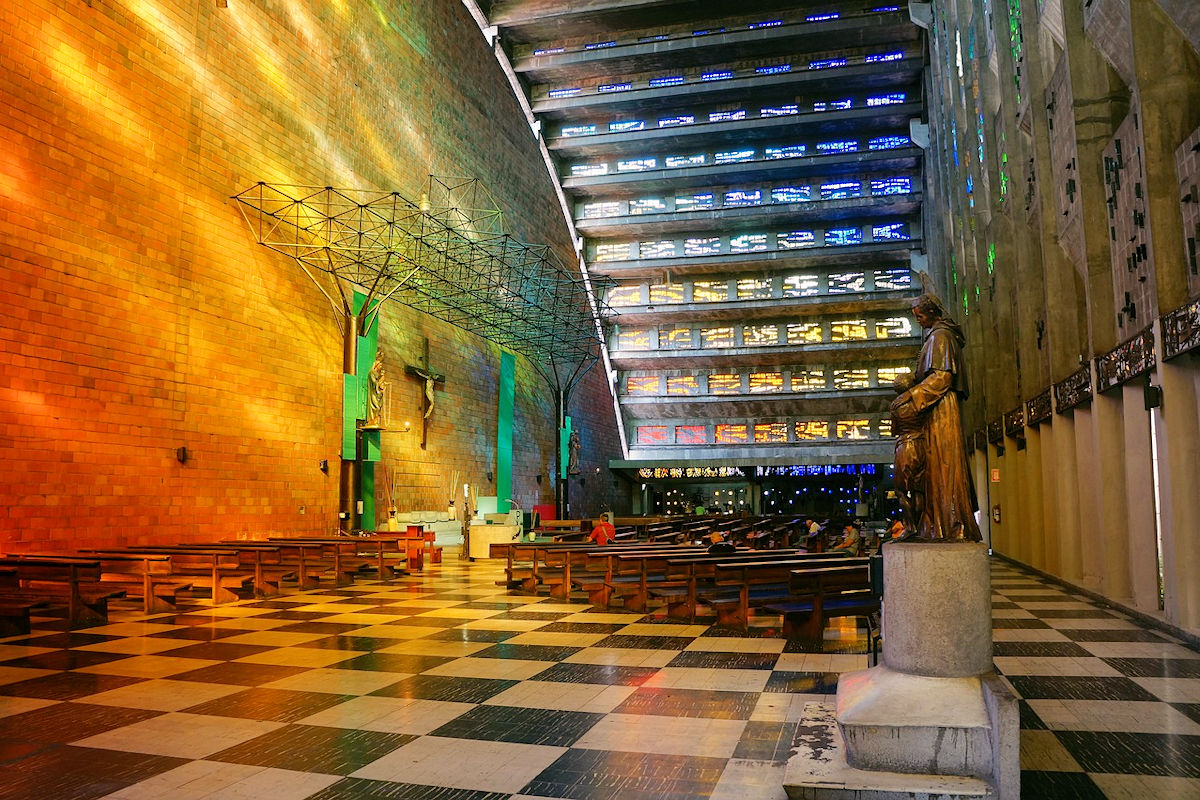
Throughout the department, unique art sites, such as museums and archaeological sites, captivate you with their stories and legends. If you want to go on foot, you will have trails and mountains, including viewpoints, showing you the natural beauty of the landscapes.
The mystical art has its place reserved for temples and churches that you can visit and thus share the religious faith with the Salvadorans.
Likewise, you can learn much more when you discover the culinary delights and some of the most traditional festivals you can imagine.
Monuments and places of interest
We invite you to visit the Plaza Libertad, an exciting and easy place to walk around, where you will find the imposing El Rosario Church and the Monument to the Heroes, containing on top the angel of freedom with laurels in his hands.

Other nearby places that can reach on foot are the Metropolitan Cathedral, the main temple, where the Catholic Archdiocese of San Salvador is located, and the extraordinary National Palace.
An important place for the department of San Salvador is the Plaza Salvador del Mundo, where the monument stands that is part of the Salvadoran soul, representing Christ on a globe. In front is the statue of Archbishop Oscar Arnulfo Romero y Galdámez, assassinated in 1980.
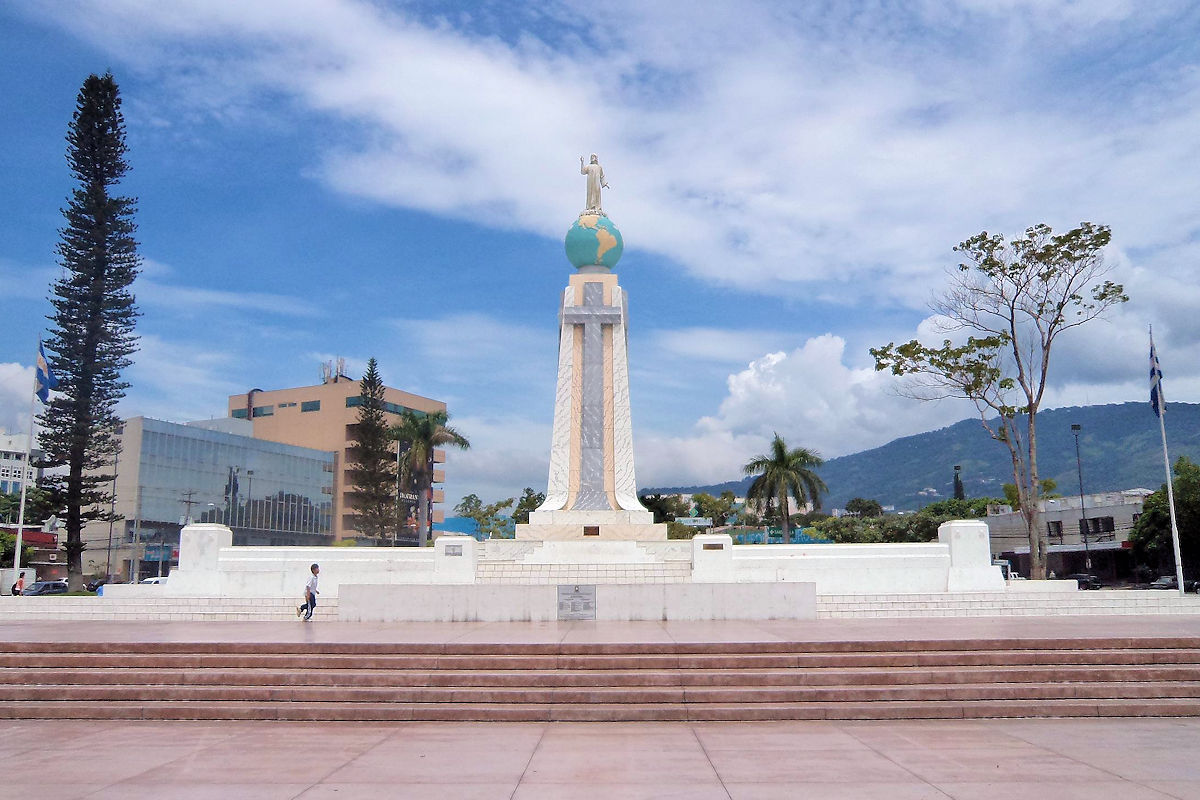
This priest, his death occurred in the Chapel of the Divine Providence Hospital while he was officiating a mass, and his remains rest in the Metropolitan Cathedral. In 2015 he was proclaimed “martyr” and “Blessed” by Pope Francis.
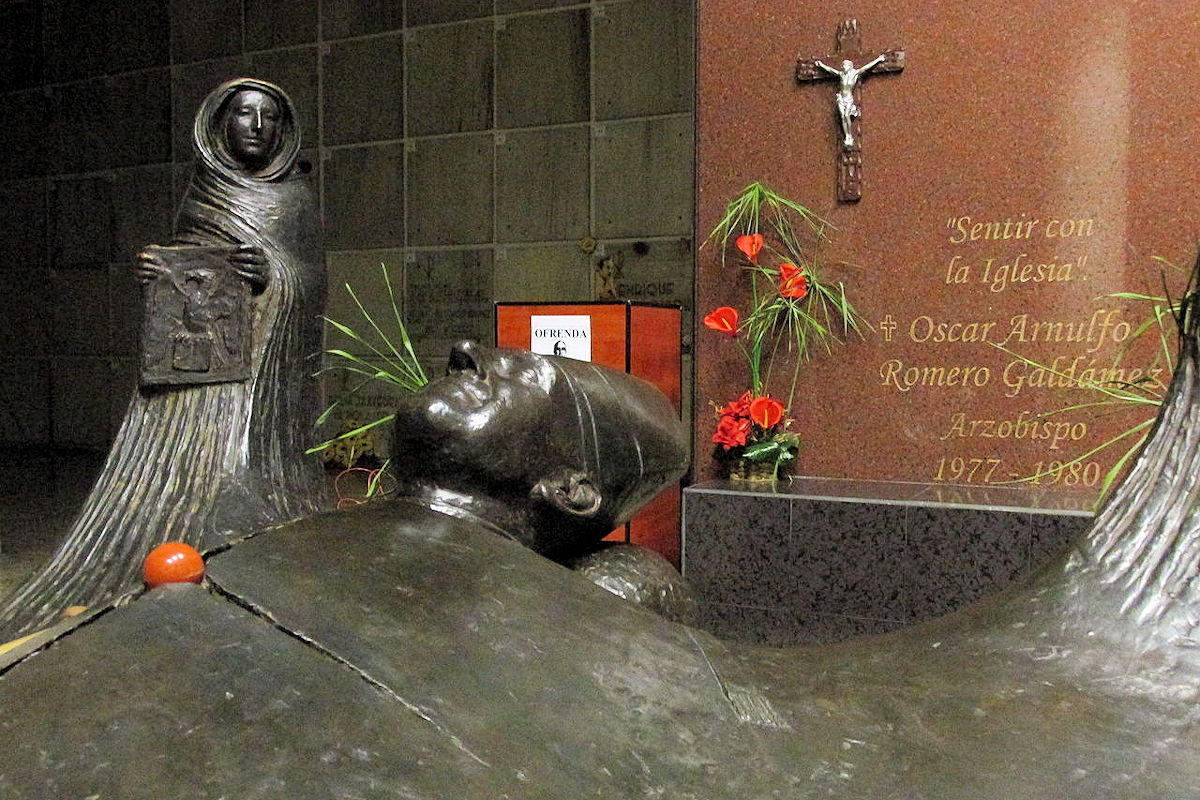
Different museums will invite you to learn much more about this Salvadoran department. Then, you should go to the Museum of the Word and the Image, whose objective is to preserve and compile all the elements related to the culture and history of this country.
A visit to the Dr. David J. Guzmán Museum of Anthropology, which houses an incredible sample of archaeological, historical, and ethnographic objects collected in different locations, is highly recommended.
The Military Museum is located in the old facilities of what was once the El Zapote Barracks, exclusively dedicated to safeguarding the memory of the nation’s military history.

Do not forget to visit the Museum of Art, a cultural reference that, since the nineteenth century, has been responsible for disseminating Salvadoran art in exhibitions of painting, engraving, and sculpture, permanently or temporarily.
Attractive places to visit
It is appropriate to enjoy nature and other environments found in the department of San Salvador.
Go to Cuscatlán Park, located 9 minutes from the center of San Salvador’s capital. An excellent idea for family recreation, as it has multiple spaces for enjoyment, either in the places for hiking or in the football fields, in the same way for the practice of yoga or gymnastics. It also has areas to rest and picnic.
The Saburo Hirao Park is recommended, where children have fun while learning in its Natural History Museum. It is 15 minutes from the capital of the country.
The National Zoo, just 12 minutes from San Salvador, shows visitors a vast collection of animal species, including mammals, birds, and reptiles.
A little further away, the José Antonio Rodríguez Porth Municipal Viewpoint, a little more than 16 minutes from the capital, offers magnificent views of San Salvador and the volcanoes and the Salvadoran sunsets.
And 6,6 km from the capital city, the Bicentennial Park, a protected natural area ideal for hiking, walking, or biking.
Destinations near San Salvador that you can visit
The natural areas of San Salvador give us splendid places to visit, such as La Puerta del Diablo, a rock formation divided into two parts and located about 13 kilometers south of the capital, in the municipality of Panchimalco. A place full of stories and exciting legends, which offers us, from its height of approximately 1070 mt, beautiful views of Panchimalco, the San Vicente Volcano, and even the Pacific Ocean.
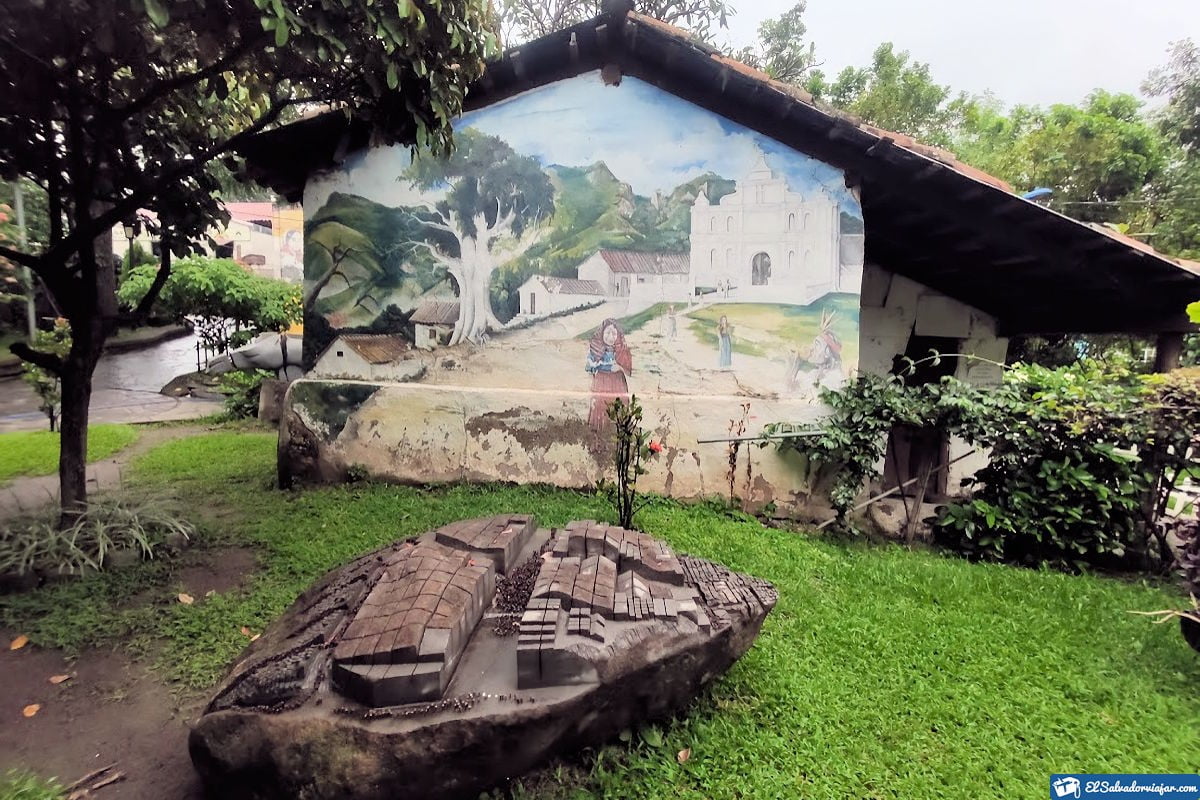
And of course, it is a good idea to visit other tourist places a little further away from the department, but worth knowing, such as the ancient El Boquerón National Park, immersed in the crater of a dormant volcano in the volcanic mountain range of the neighboring department of La Libertad. A wonderful protected area at 1800 mt above sea level and about 40 minutes from the Salvadoran capital.

In the green areas surrounding it, we can contemplate, among other plants, hydrangeas and begoñas; in the same way, it is known that deer, armadillos, and foxes live there with other animal species.
Also, taking advantage of our tour of the department of La Libertad, only 50 minutes northwest of the capital, we find the Joya de Ceren Archaeological Park, a pre-Columbian site, where we will learn about the way of life of the Mayas during the seventh century. It is considered a World Heritage Site.
Similarly, we can visit the Apulo Tourist Center and its Ilopango Lake, between the department of San Salvador and the departments of La Paz and Cuscatlán, about 25 kilometers from San Salvador.
The lake, one of the largest in El Salvador, is of volcanic origin. Its crater occupies the bottom of the lake, making it an attractive natural space popular with tourists and locals, especially on weekends.
History of San Salvador Department
The department of San Salvador is the most populated in the country, being in the central part of the nation, where the country’s capital, San Salvador, is.

Its name was Quetzalcoatitán, which means “land of quetzals” due to the abundance of these exotic birds throughout its territory. Some suggest that the name means “the corridor of wind god”; or “God of wind and star of the dawn.”
It was found as the republic’s capital in 1525; later, in 1824, its denomination as a department was considered.
During the conquest, the Spaniards called the town the “valley of the hammocks.” Due to the constant activities generated by the tremors and volcanoes in El Salvador.
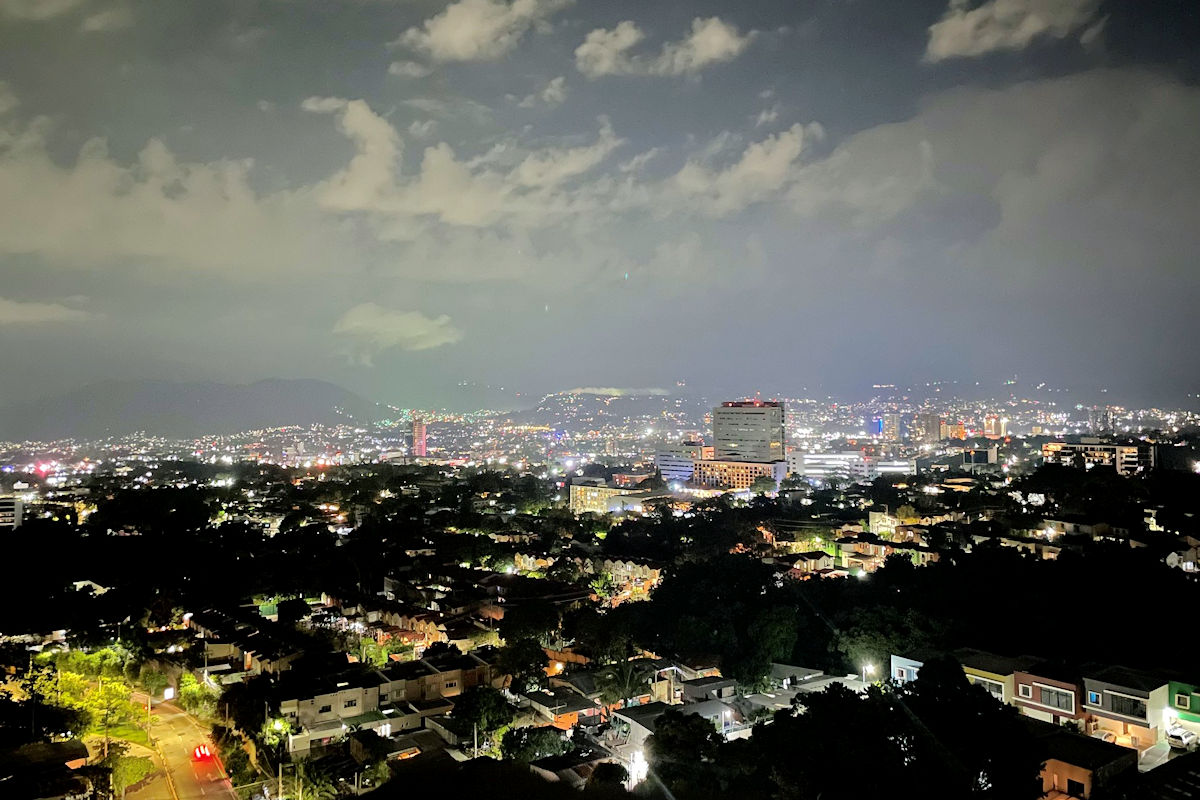
History tells that Pedro de Alvarado set foot in what would later become Salvadoran lands in 1524, and between 1530 and 1553, essential populations were founded.
Later, around 1824, by constitutional decree, the department of San Salvador was created as such, thanks to the impulse of Juan Manuel Rodríguez. He was the first Head of State and an essential hero of the independence in Central America.
Geography and Municipalities of San Salvador Department
San Salvador is located in the paracentral zone of the Salvadoran territory and is one of the 14 departments that divide the country.
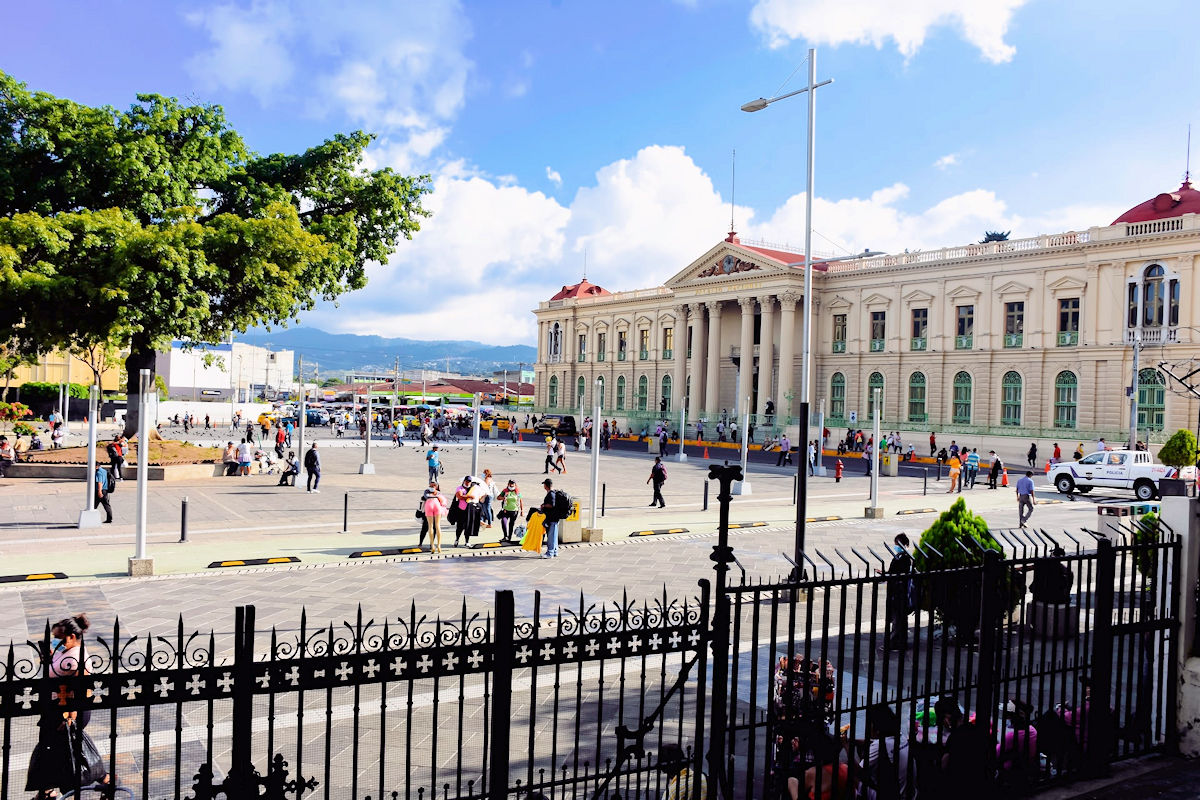
Geographically it limits to the north with the department of Chalatenango, to the west with the department of La Libertad, while to the south-east it borders with the departments of La Paz and Cuscatlán, occupying a total area of 886.15 Km2.
Similarly, the department of San Salvador is into three districts, which at the same time are into 19 municipalities, namely:
- San Salvador
- Aguilares
- Apopa
- Ayutuxtepque
- Ciudad Delgado
- Cuscatancingo
- El Paisnal
- Guazapa
- Ilopango
- Mejicanos
- Nejapa
- Panchimalco
- Rosario de Mora
- San Marcos
- San Martin
- Santiago Texacuangos
- Santo Tomás
- Soyapango
- Tonacatepeque
Each of these municipalities has its own charm.
Thus, in Aguilares, we can visit the Hacienda La Toma and the Cihuatán Archaeological Site. At the same time, El Paisnal offers the possibility of seeing the El Zapote and El Camalote spas on the Lempa River and the Old Indigenous Cemetery of Chipilsingo.

On the other hand, in Guazapa, we will visit the Guazapa Volcano, where we will see the trenches used by the guerrillas during the last civil war, which took place between 1979 and 1992.
In Ilopango, we will go to its Lake, and in Panchimalco, we will visit the Family Park and the Devil’s Gate.
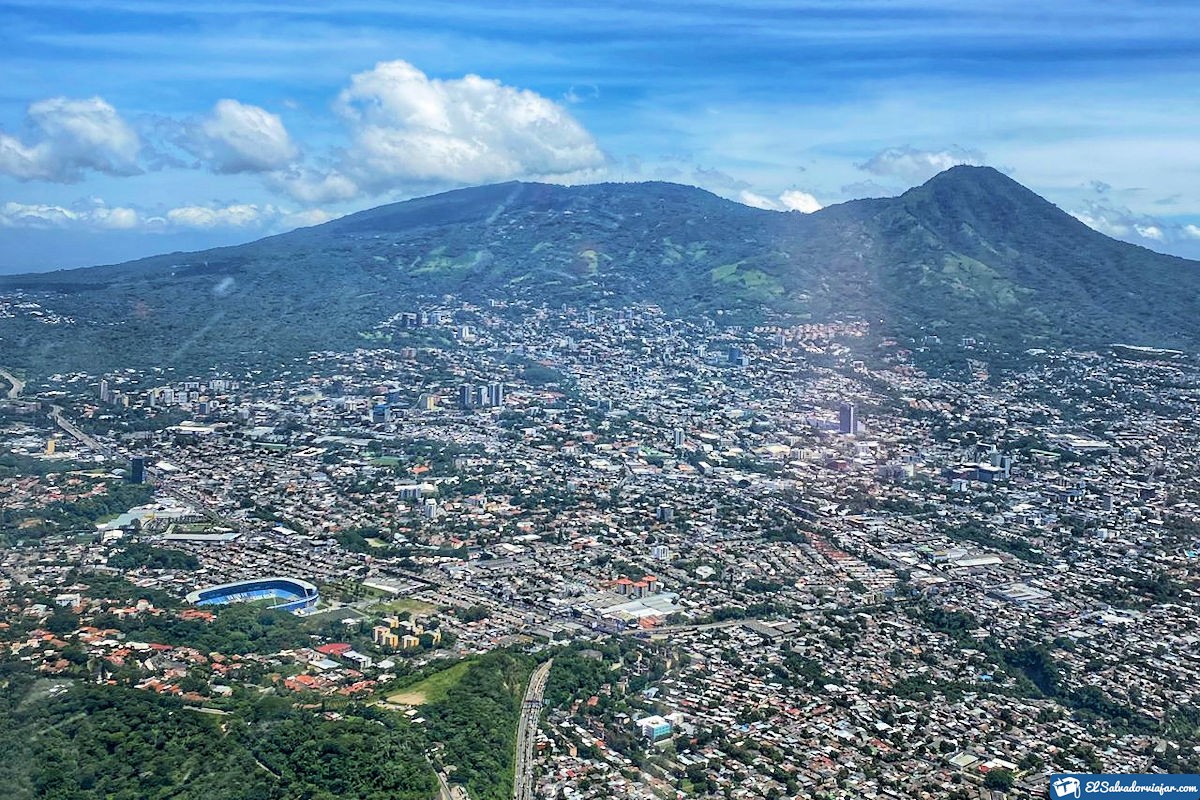
San Marcos presents the Loma Larga and San Jacinto Hills. San Salvador city offers alternatives to museums such as the History, Art, Anthropology, and Military Museums, Parks, Squares, wonderful Shopping Malls, and the Los Ilustres Cemetery.
Climate, flora and fauna
The department of San Salvador’s climate is tropical, being hot practically all year round.
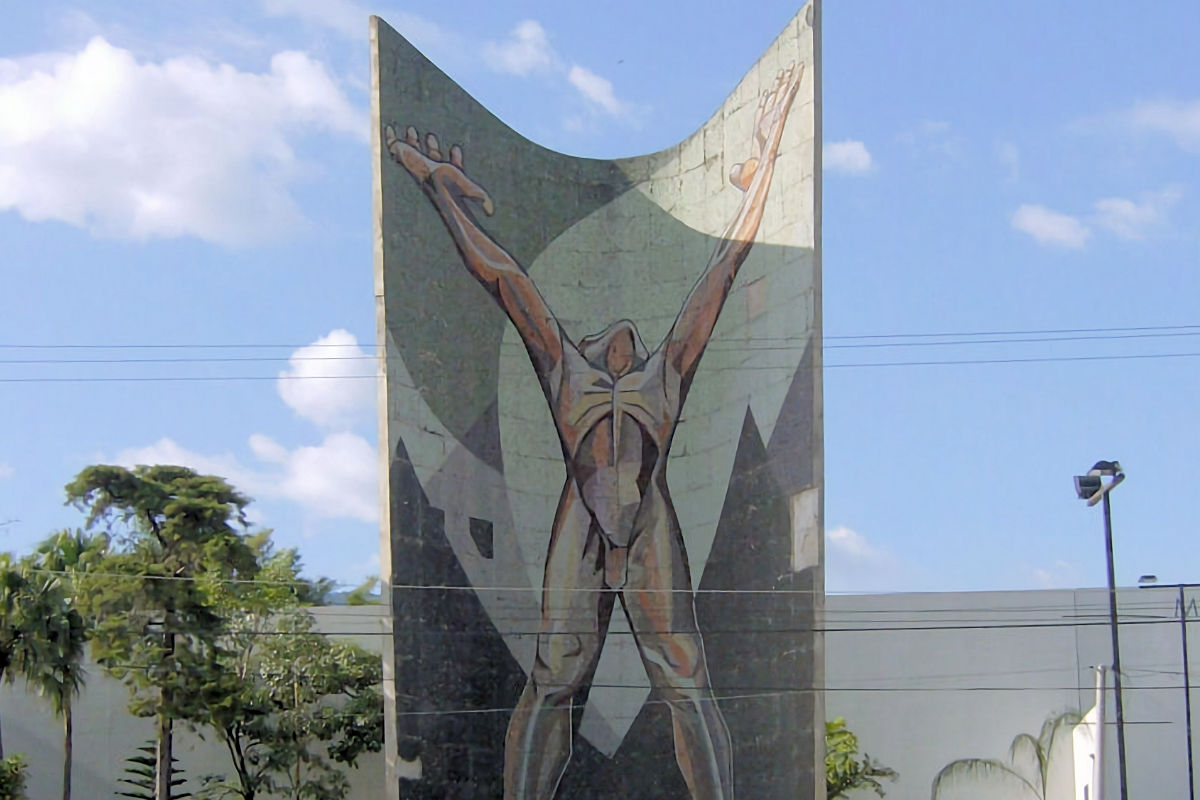
It has only two seasons: during the rainy season from April to October, where the heat and humidity are high, while in the summer, from December to April, we will have drier and equally hot months.
These variations are also influenced by the winds and mountains that affect the higher elevations.
Tropical temperatures promote the presence of distinctive flora in the region.
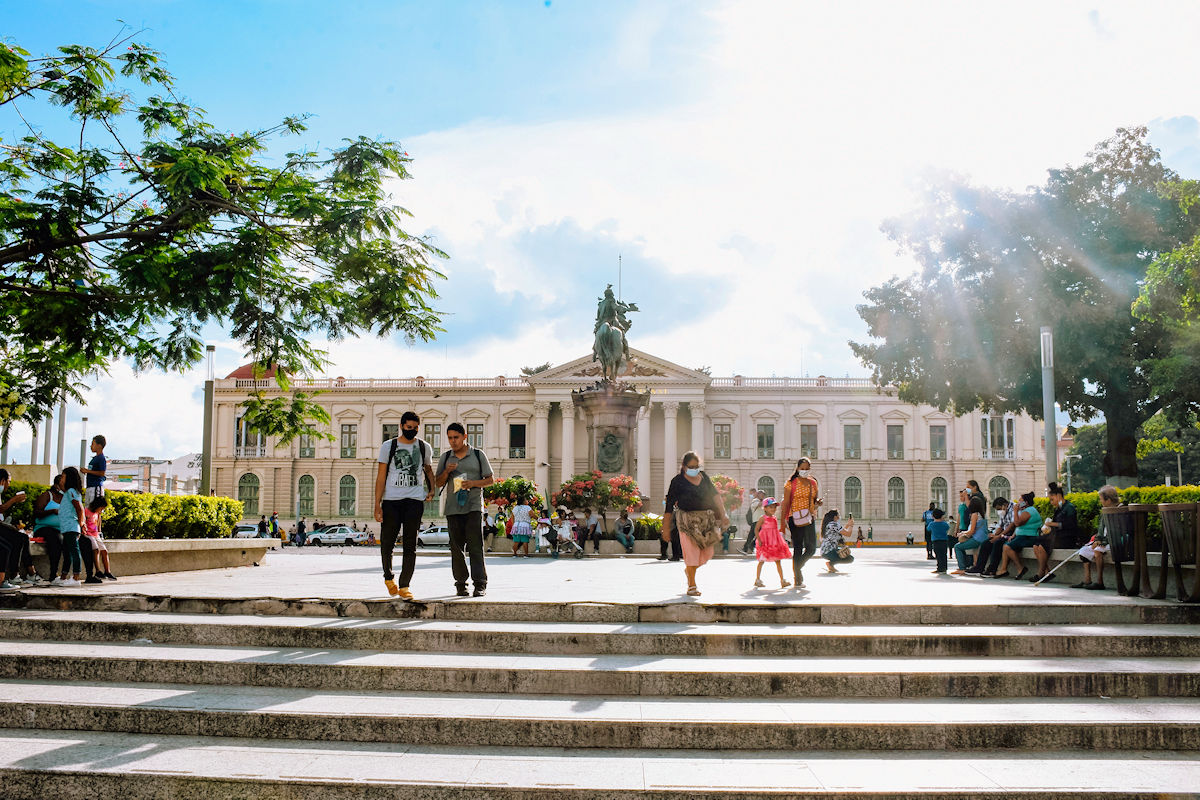
Thus, we have a great diversity of trees, including walnut, mahogany, balsam, coffee, and oak trees, plants for medicinal purposes, and numerous fruit trees. There are also wide varieties of orchids.
The fauna includes an enormous typology of butterflies and multiple species of birds, such as parakeets, talapo, owls, partridges, gallinaceas, and some types of hummingbirds. Many live permanently in the areas they occupy, while others are migratory birds.
Squirrels and armadillos can also be seen in some localities.
There are also domesticated birds, such as chickens, turkeys, goats, or rabbits, while other species include reptiles, such as iguanas.
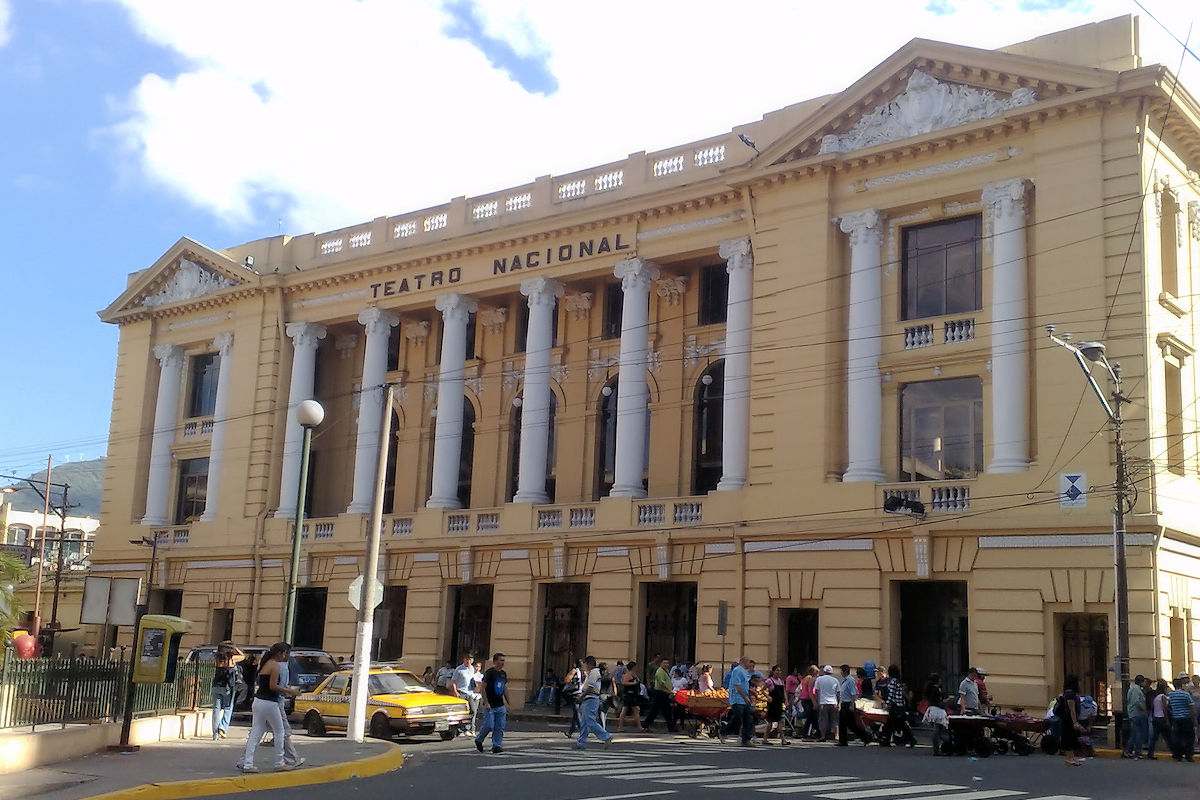
Hacienda La Toma in Aguilares and Finca La Esperanza in Santo Tomás are protected areas under the Forestry Service of El Salvador, where efforts are made to conserve and protect even some endangered species, in addition to the existing ones.
Culture and customs in the Department of San Salvador
Salvadoran culture and customs are essential to its regional identity and have been passed down from one generation to the next over the centuries.
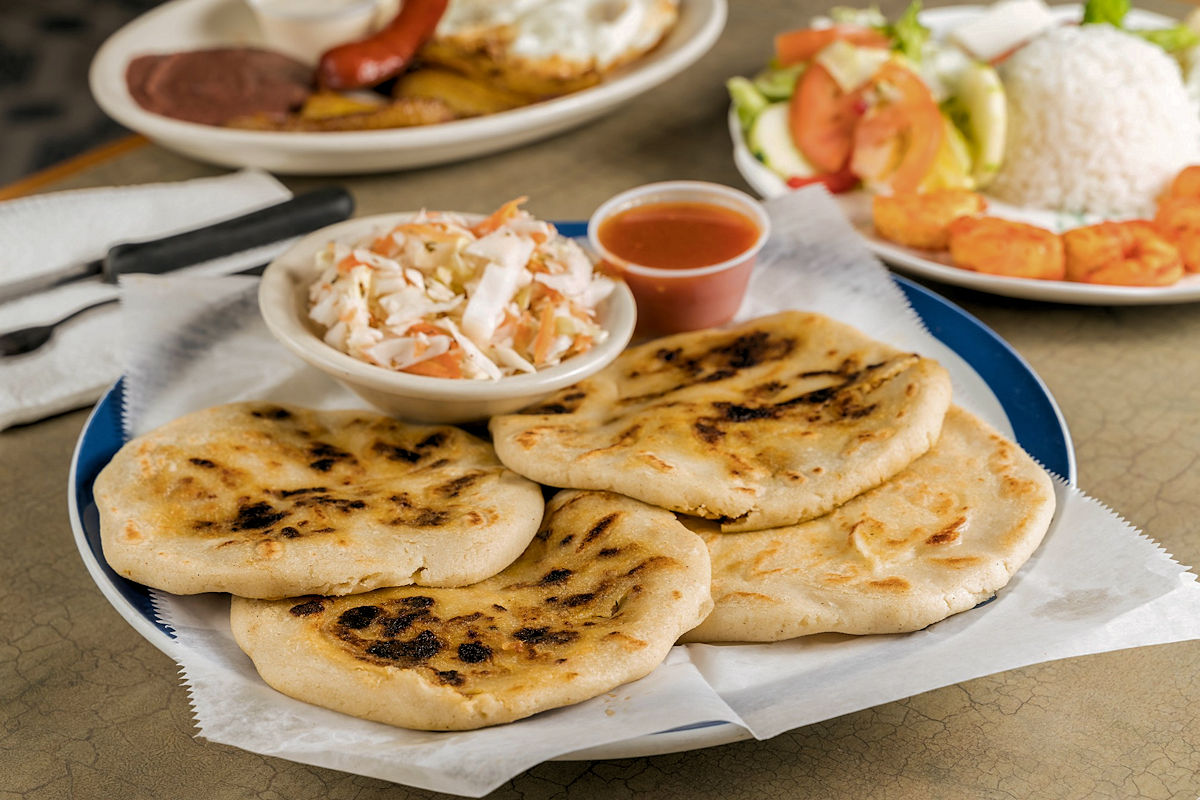
Some of their most deeply rooted traditions are eating pupusas with their hands and drinking atol in the afternoons. There is no shortage of tortillas for breakfast, lunch, or dinner, and eating fried yucca with pork rinds.
They also go to the beach on Sundays or holidays and enjoy their typical dances, such as the Torito Pinto or the Carbonero; they like to fly kites with a lot of wind between October and November.
Festivals and Gastronomy in San Salvador Department
Ash Wednesday marks the beginning of Lent, 40 days ending with Palm Sunday and Holy Week. The inhabitants of the department prepare for Good Friday by making carpets of salt or painted sawdust, which is trodden by those devout people who carry the image of Jesus.
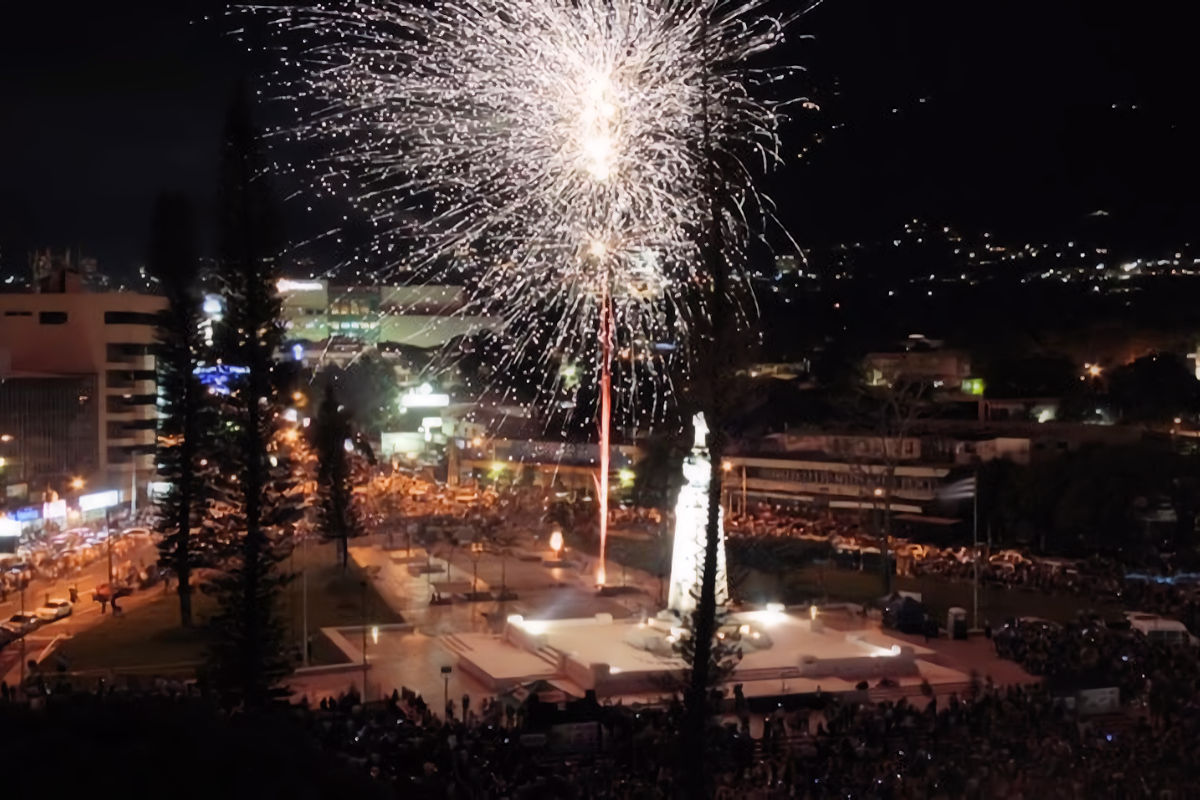
The Patron Saint Festivities, during August, end when the image of Christ in Plaza Salvador del Mundo is lowered; in October, the Day of the Race commemorates the arrival of Christopher Columbus to America.
As for its gastronomy, the department of San Salvador shines with the famous pupusas, a kind of tortilla stuffed with almost any product, such as cheese, chicken, meat, or beans. Similarly, atoles are part of the evening ritual, and tortas or tamales.
As you may have already noticed, the disturbing and excellent department of San Salvador has a vast repertoire of activities that you can do when you visit it in any of its municipalities.
The fantastic cultural and historical heritage that occupies its vast territory makes it so authentic that it has become an international tourist destination, where you will surely want to return.
